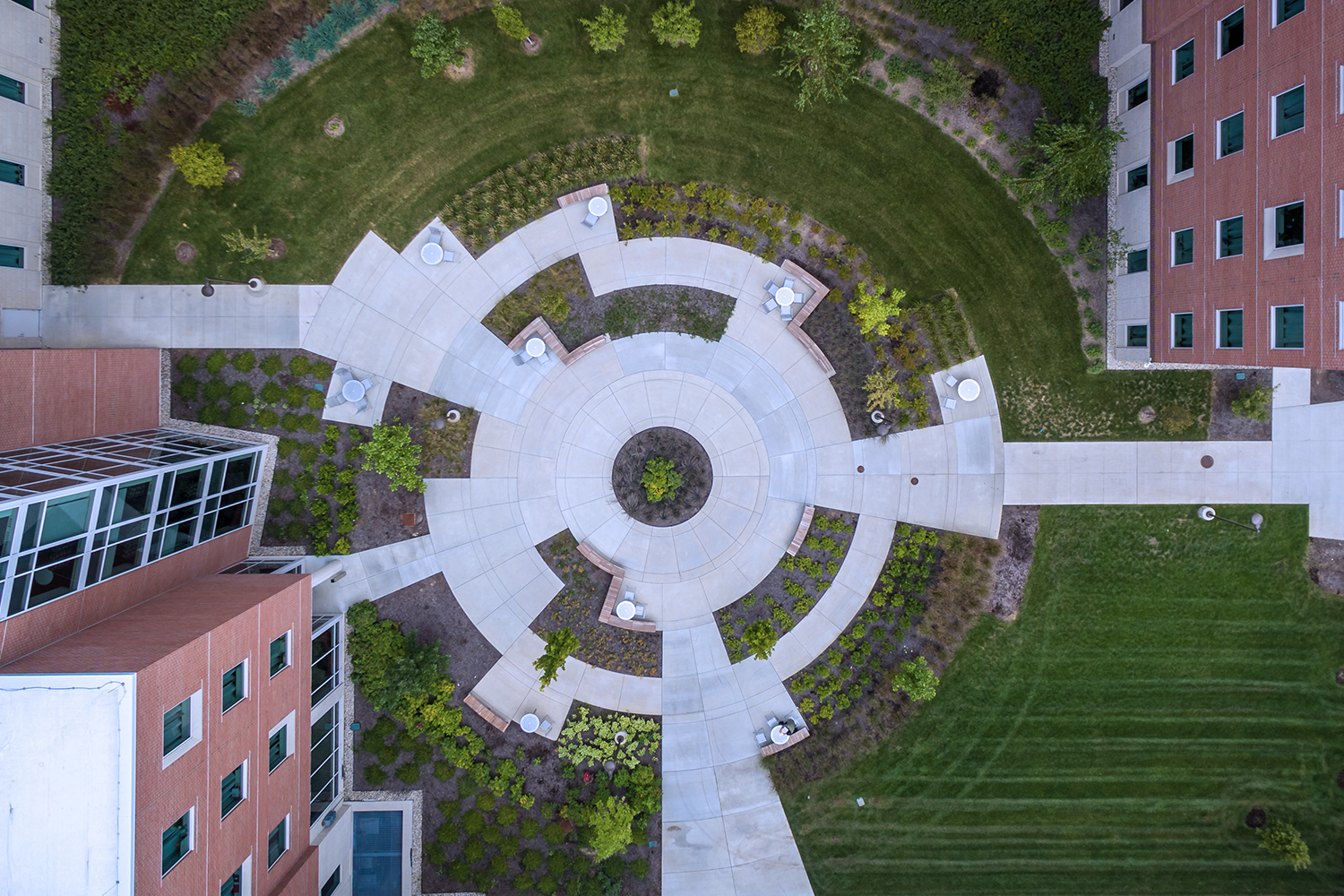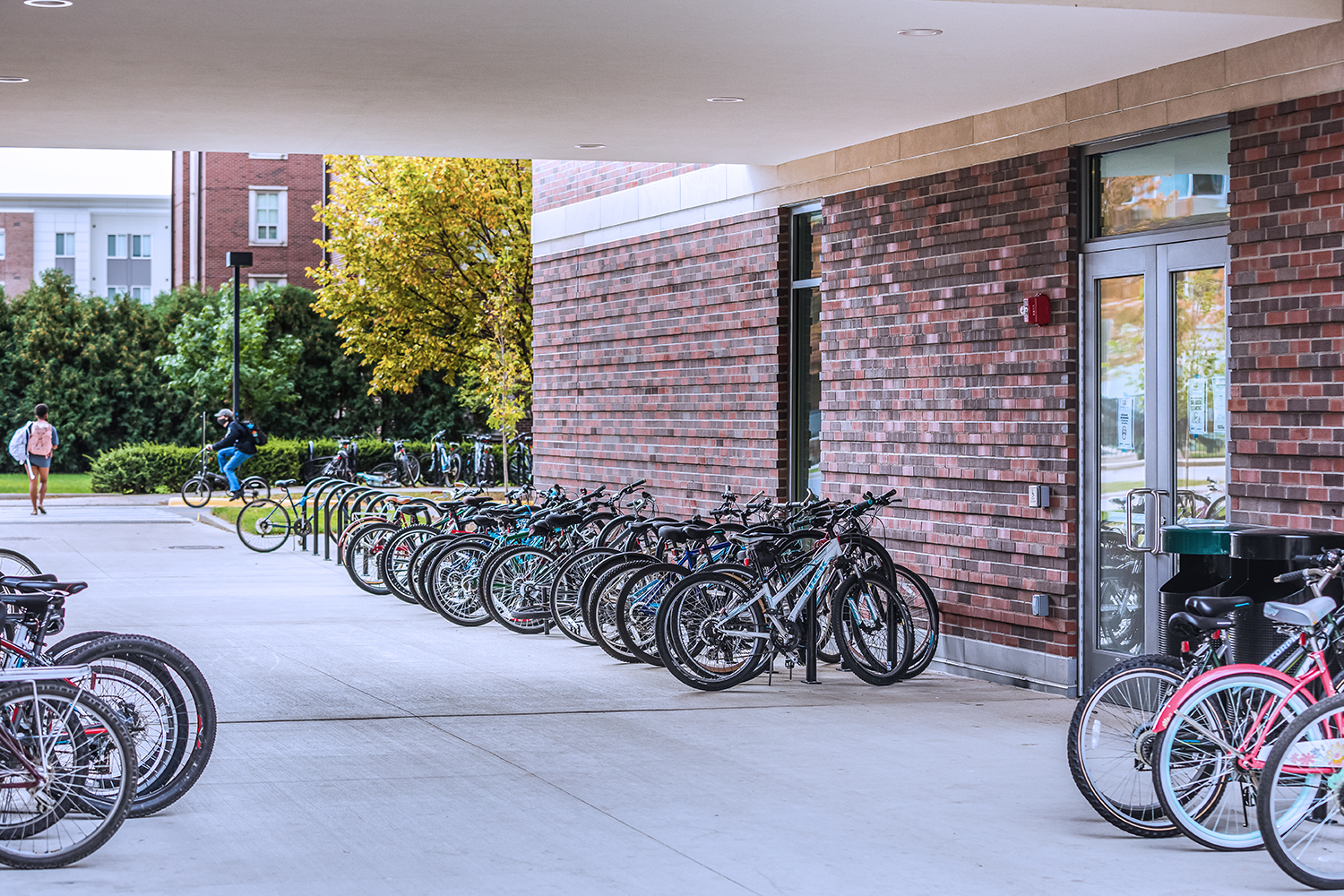CAMPUS HOUSING DESIGN TRENDS THAT APPEAL TO TODAY’S COLLEGE STUDENT
Across the country, colleges and universities are experiencing a high demand for on-campus housing as students seek the connectivity and community they missed during COVID-19 disruptions. But the housing features that appeal to today’s college student are much different from the dorms of days gone by.
In addition to connectivity, students are bringing a unique set of desired experiences and expectations to the college search. While cost is still the number one factor in seeking a post-secondary education, students consistently rank housing as one of their top considerations when deciding where to go to school. That means there is a need to adapt to these prerequisites if universities and colleges want to attract top talent.
Here are five of the top trends in on-campus housing that should be incorporated into new and remodeled residence hall designs.
Trend #1: Integrate living and learning environments. Students want connection, but they don’t want to give up their privacy to get it. Gone are the long-corridor halls of yesteryear. In their place are pod-styled or racetrack configurations, grouping private bedrooms around a shared living space which can include private bathrooms and a kitchenette. “These new kinds of residence hall configurations offer students the scaled levels of community they want,” said Gary Voirol, MSKTD president and architect.
This blend of meeting-space scalability spills over into the design of the main level of new residential halls, where students can engage in varied levels of study, collaboration, and socialization. In fact, these common areas can also serve as the modern-day classroom, where faculty, visitors, and students alike are working together, something Amber Kolkman, senior associate and lead interior designer at MSKTD, takes into account throughout the design process.“Students want to have the option to break off from the large group for smaller, more intimate study and conversational areas,” she said, “incorporating various space types into the design is imperative, providing maximum flexibility based on individual needs.”

Trend #2: Incorporate technology. Today’s students are the most “tech-savvy” generation yet, and they are looking for all kinds of places to plug in. Large screen TVs for screen sharing, streaming, and group gaming; multiple ports to plug in laptops, game systems, phones, and tablets; and outlets to safely charge their e-boards and scooters—oftentimes all at once—requiring a level of high-speed infrastructure previous generations of alumni didn’t need.
Trend #3: Expand the living experience into outdoor settings. The fact that technology is increasingly portable offers students greater mobility. Students are more in tune now than ever with the need for fresh air, green spaces, and natural light, so they are gravitating to outdoor spaces.“Increasingly, landscape architects are playing a pivotal role in the overall design-build process,” said Voirol. “This calls for landscape designers to create usable outdoor spaces that cater to the way students live, work, and study.”

Trend #4: Go green. Young people are highly conscious of their impact on the planet, which means that eco-friendly design is a top priority for them. Specifically, they’re looking for water and energy efficiency, recycled materials, and sustainability certifications. “Today’s colleges and universities need to incorporate sustainability into their residence hall designs,” said Voirol, “and they need to communicate these sustainability initiatives to prospective students.”
Trend #5: Create space for delivery services. From 2020 forward, college students have increasingly been taking advantage of delivery services. In fact, they rely on them for everything from takeout and groceries to laundry and online shopping. Universities are quickly having to adapt to the new norm as they remodel or build new residential halls, creating dedicated areas to receive and pickup this increased volume of personal deliveries. These delivery spaces will prevent packages and food piling up by the locked doors that lead into student housing, leading to a whole host of other issues universities want to avoid.

Of course, creating new infrastructure that matches student expectations won’t happen overnight. That said, campuses that choose to incorporate these top residential trends will be more desirable and better equipped for recruiting and retaining students. In fact, studies show that freshman students who live on campus perform better academically and experience higher graduation rates than their off-campus peers, so facilitating students’ needs and expectations for flexible living/study areas is crucial for colleges seeking to build a greater foundation for student satisfaction and overall academic success.
